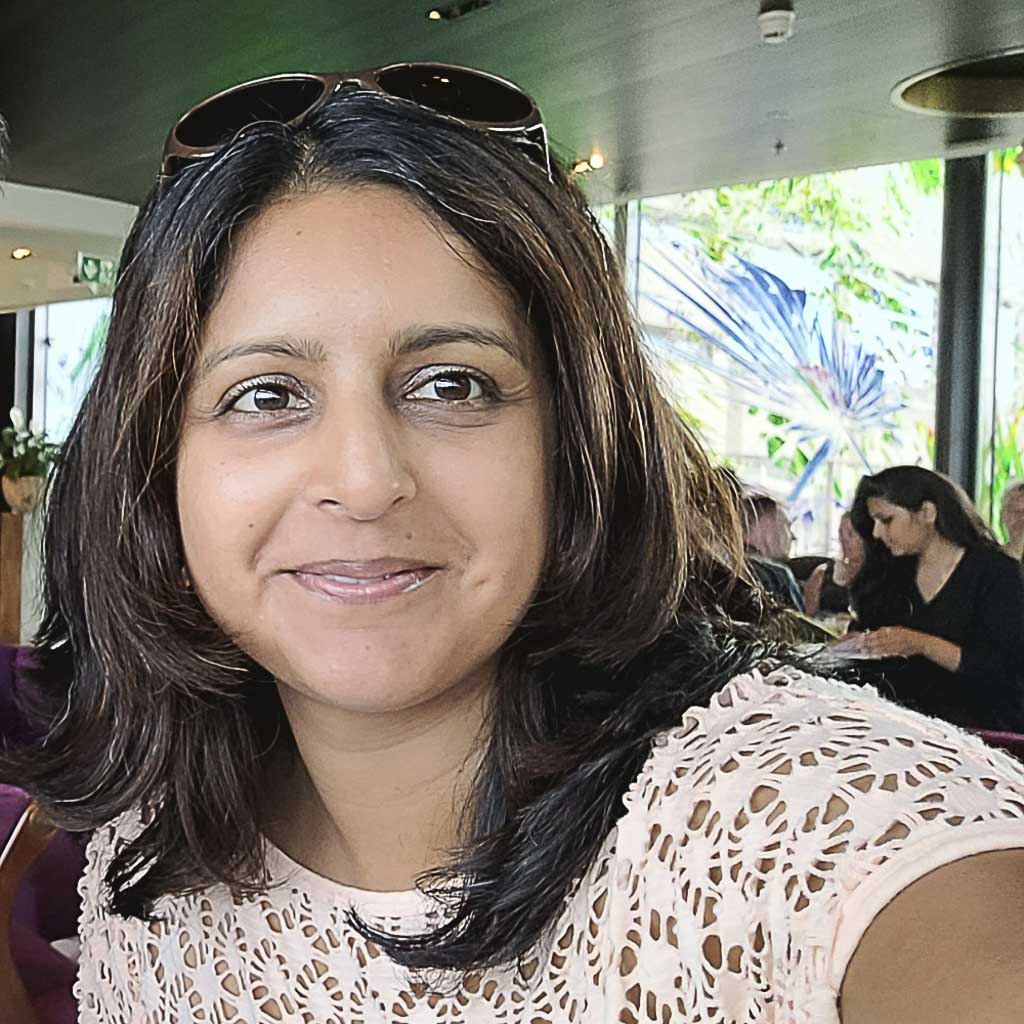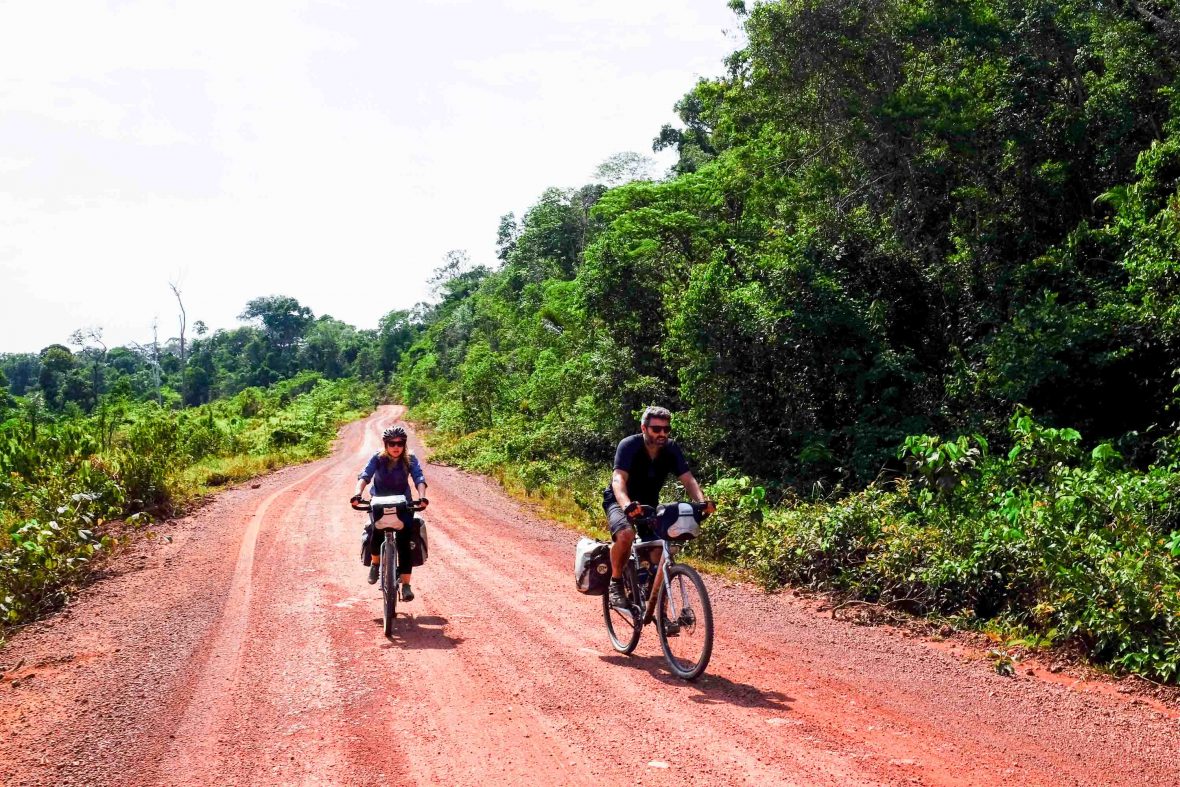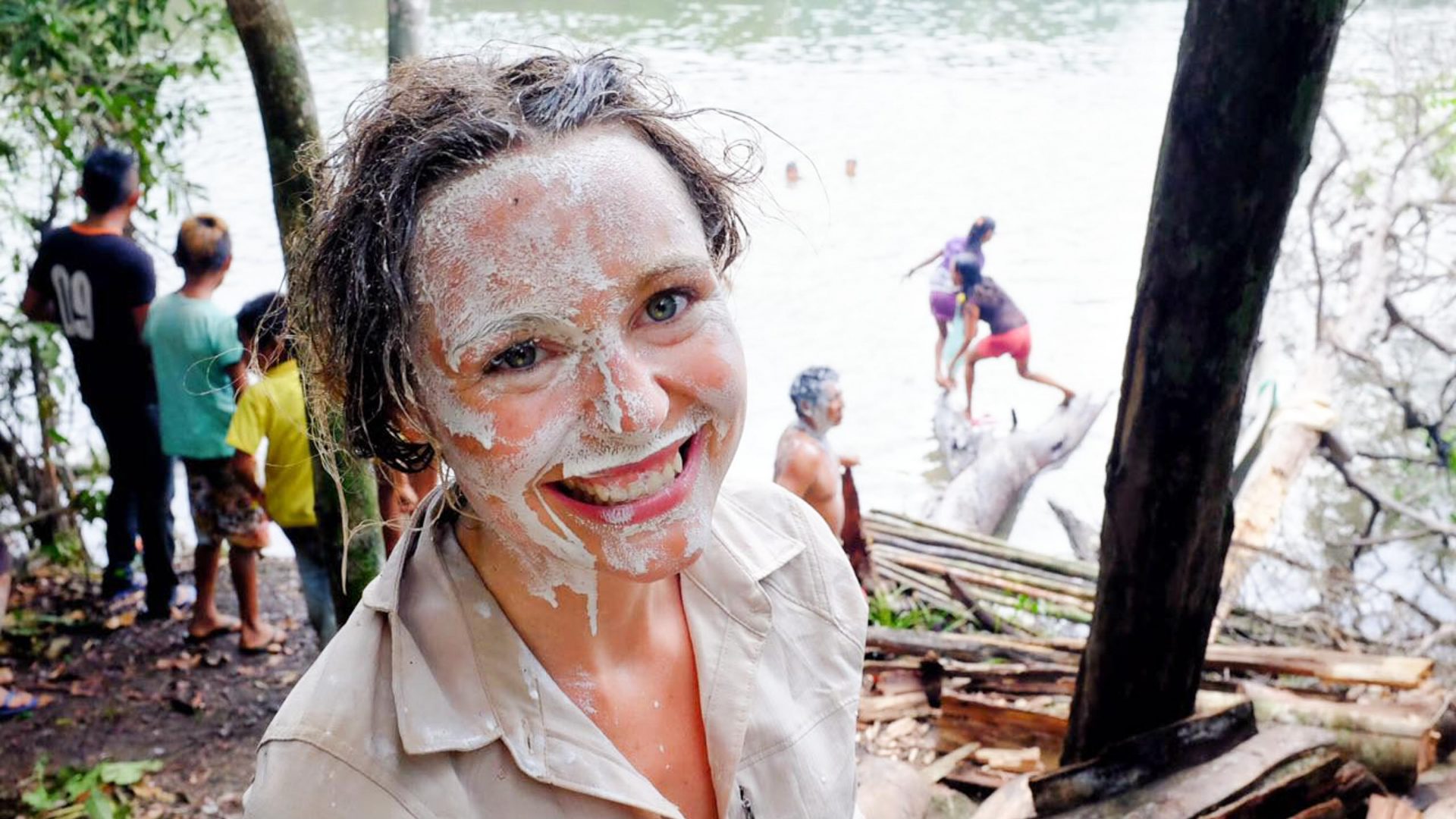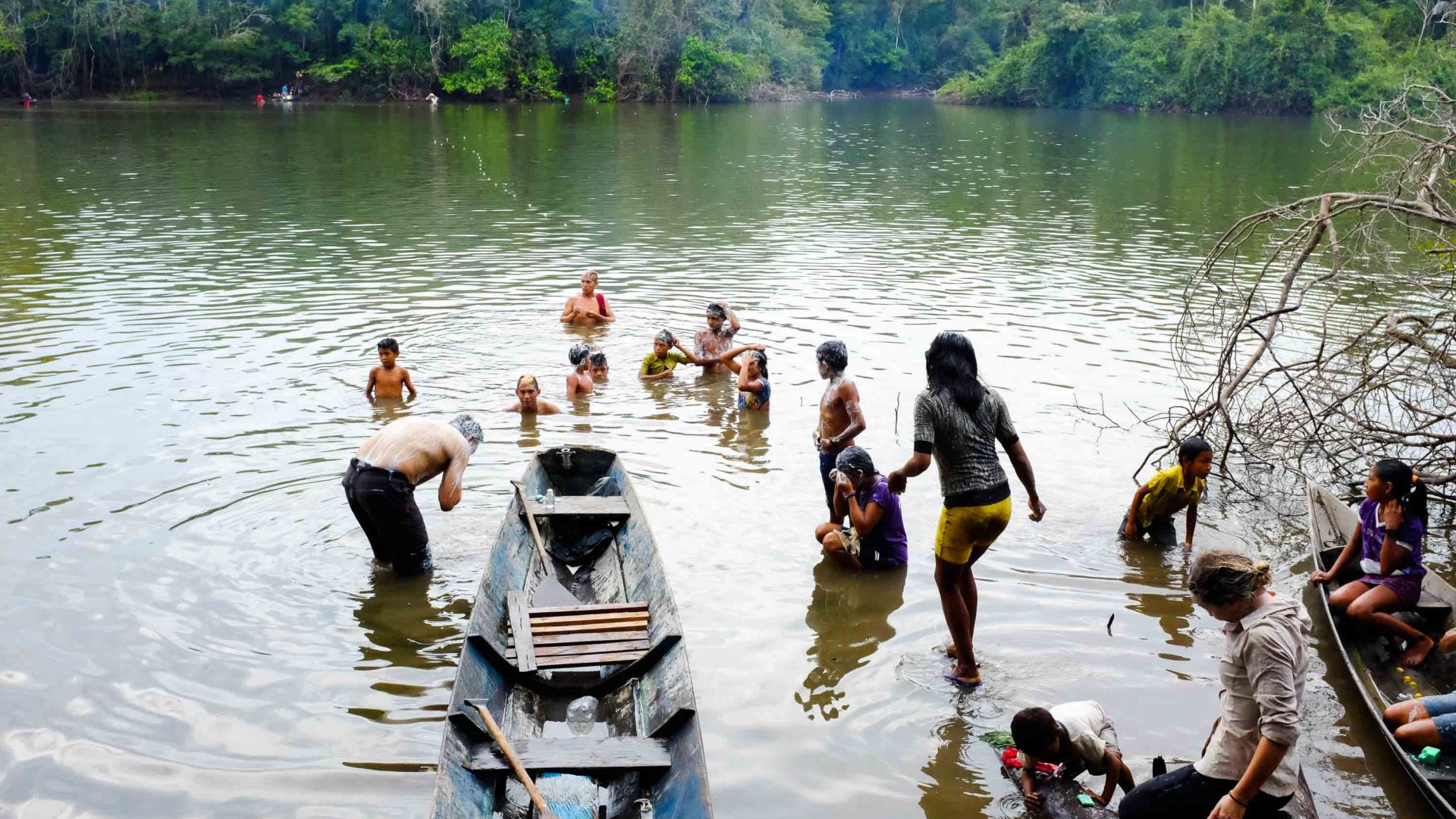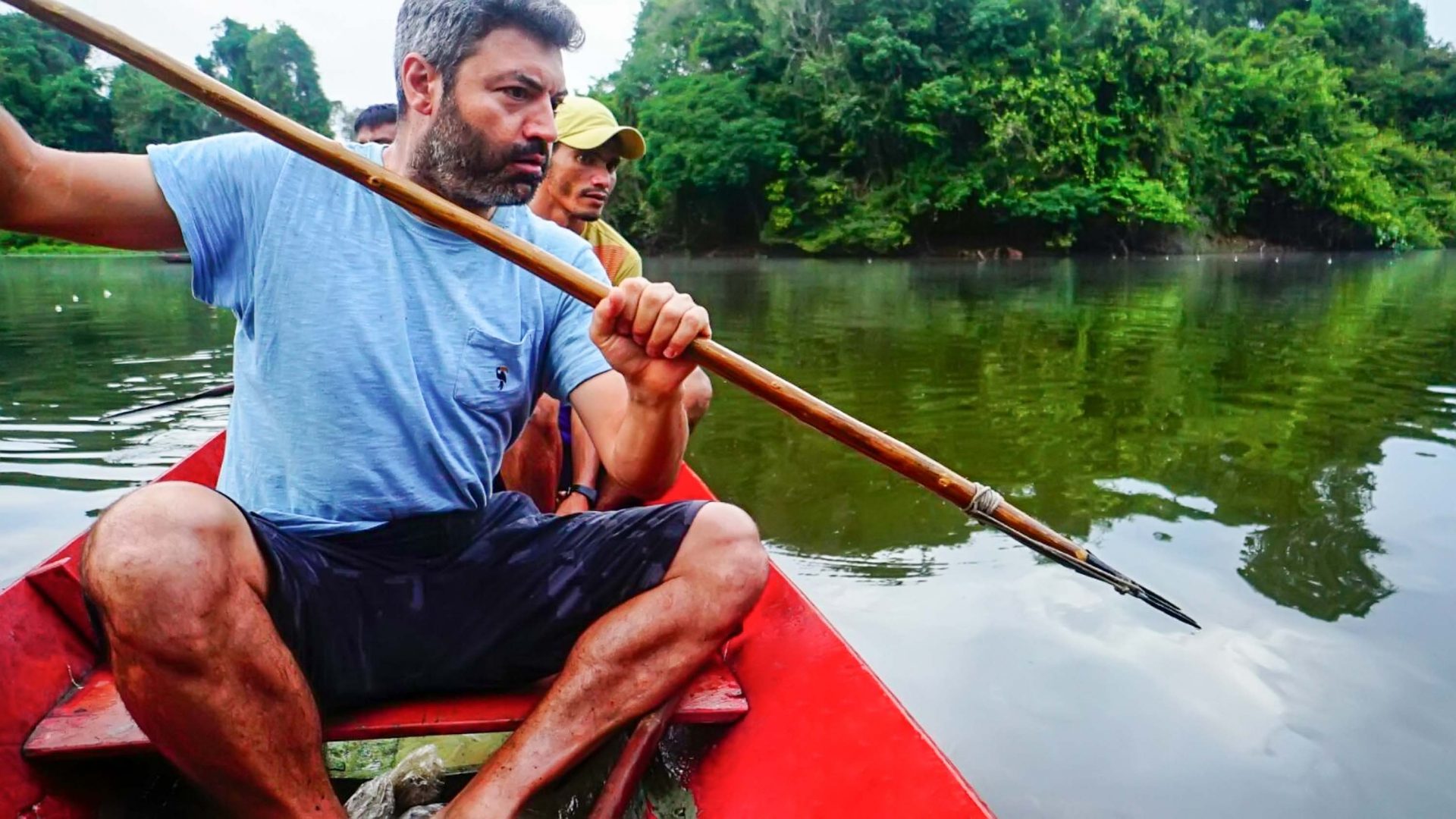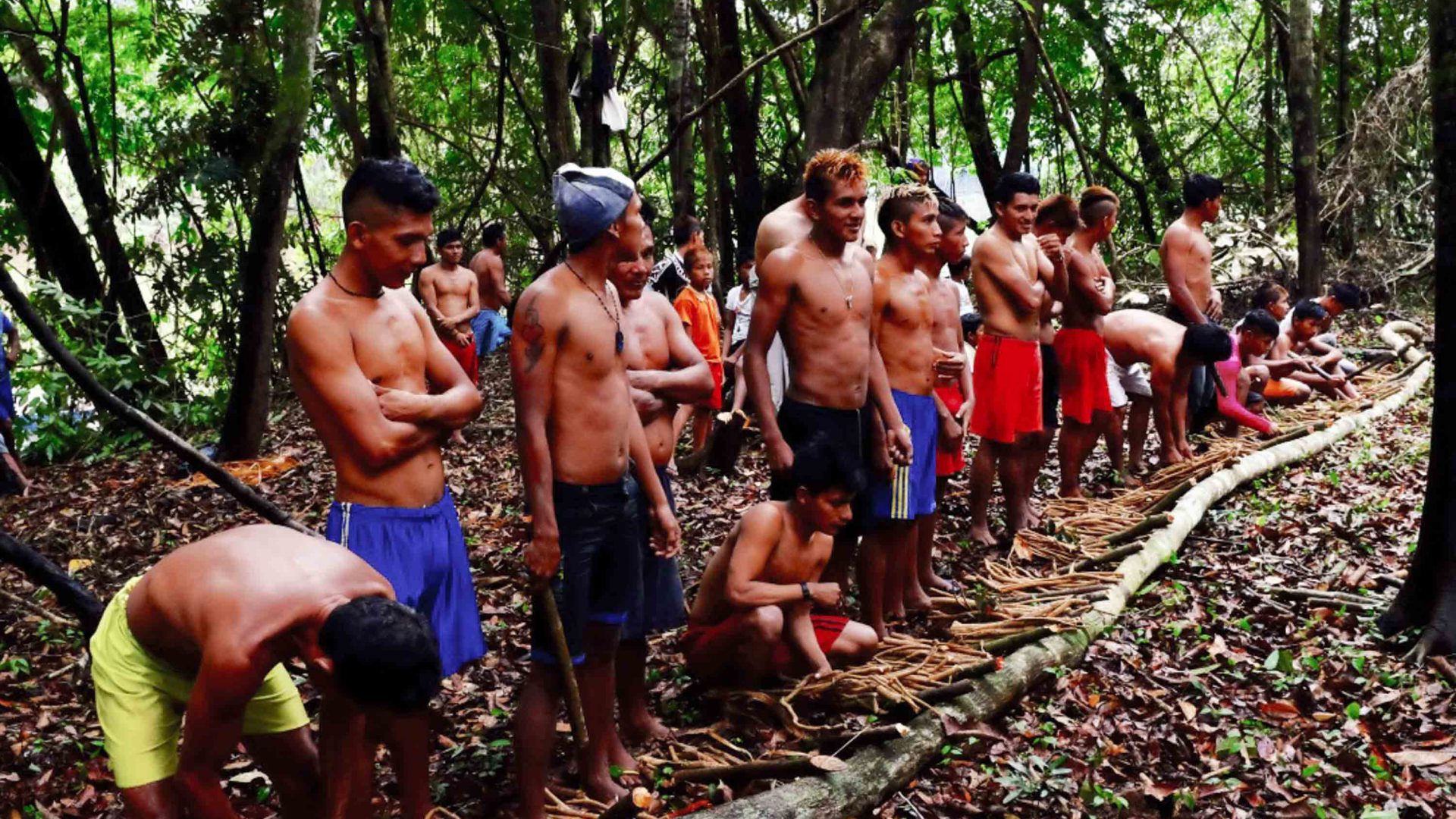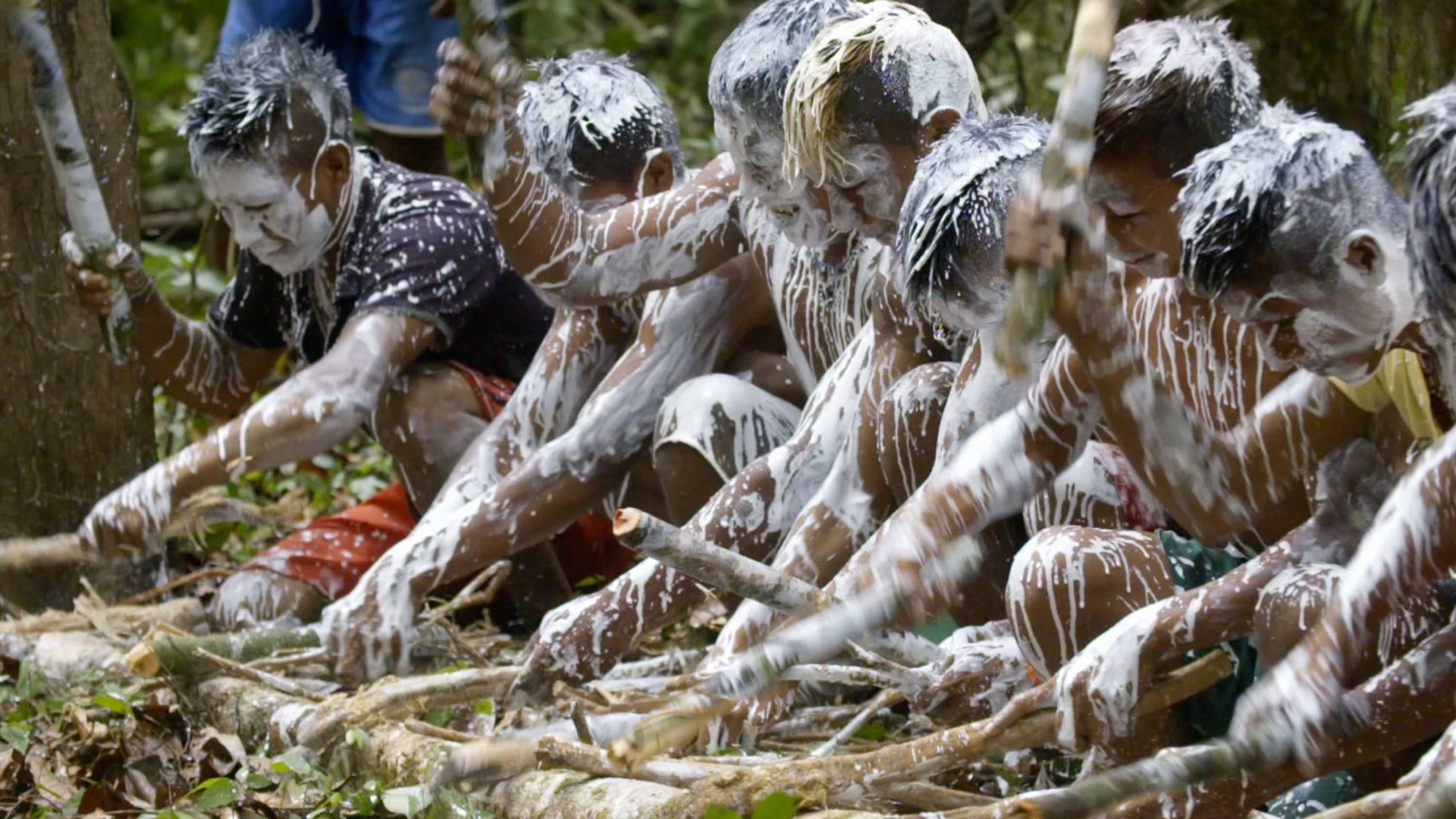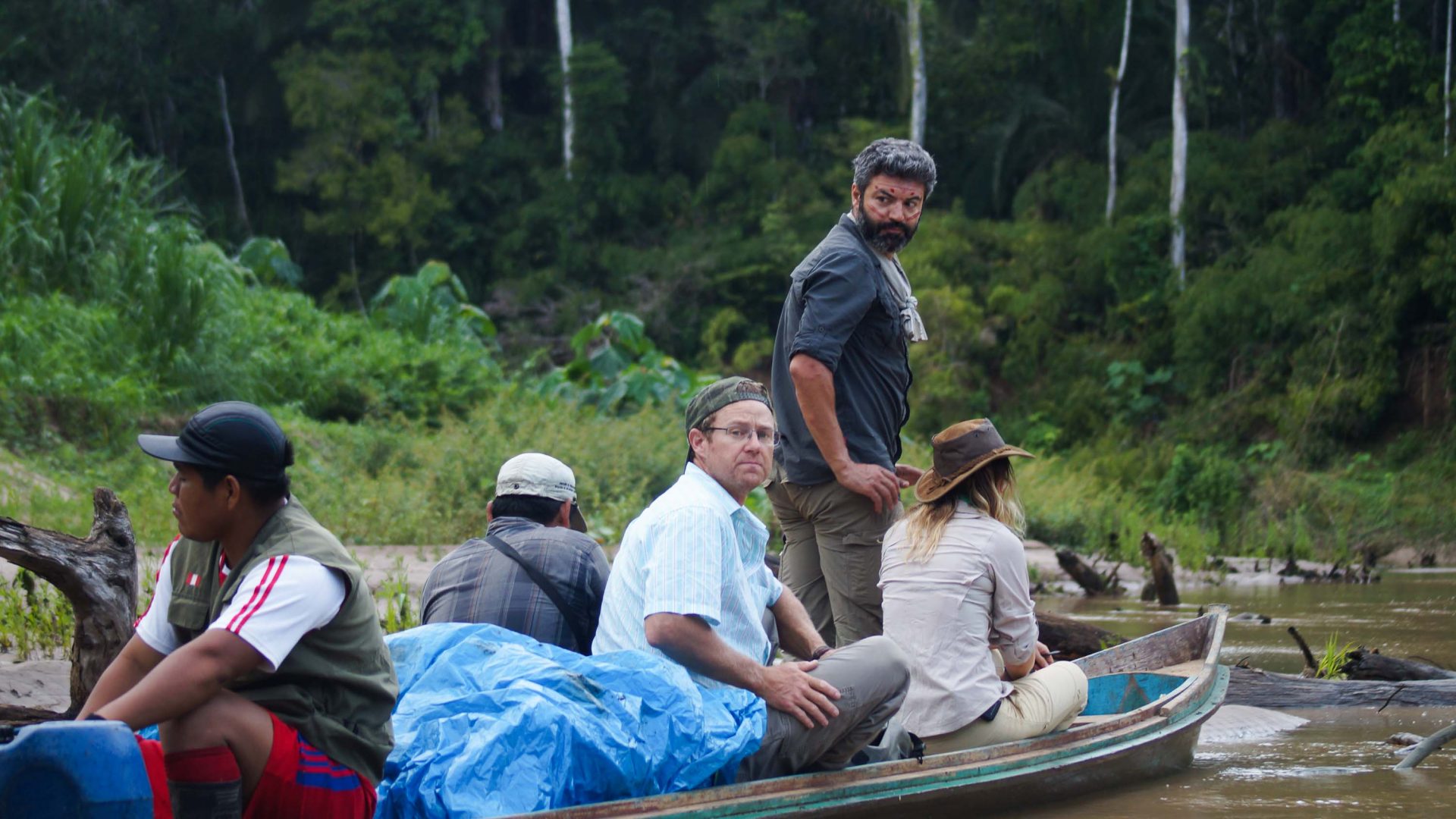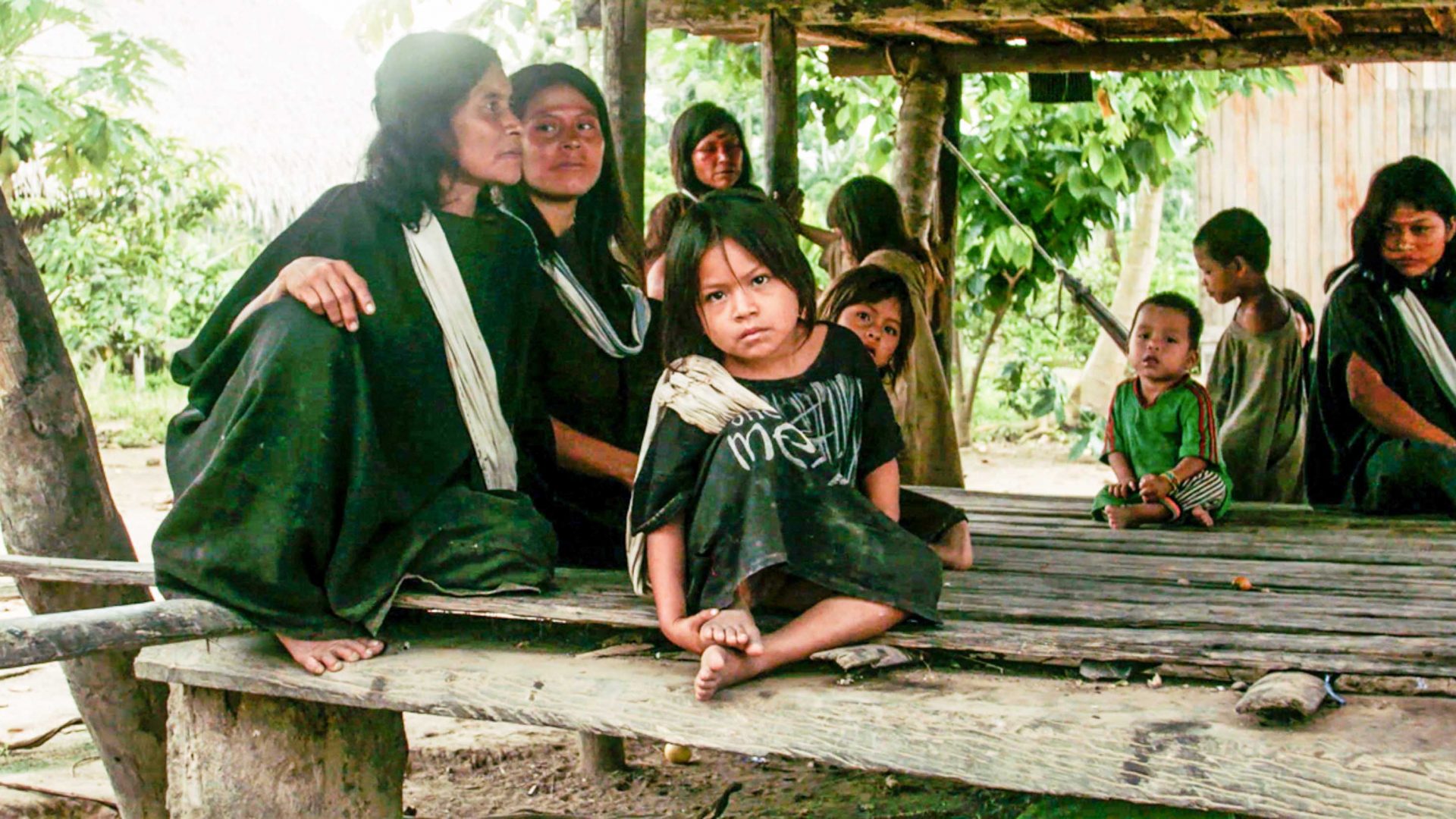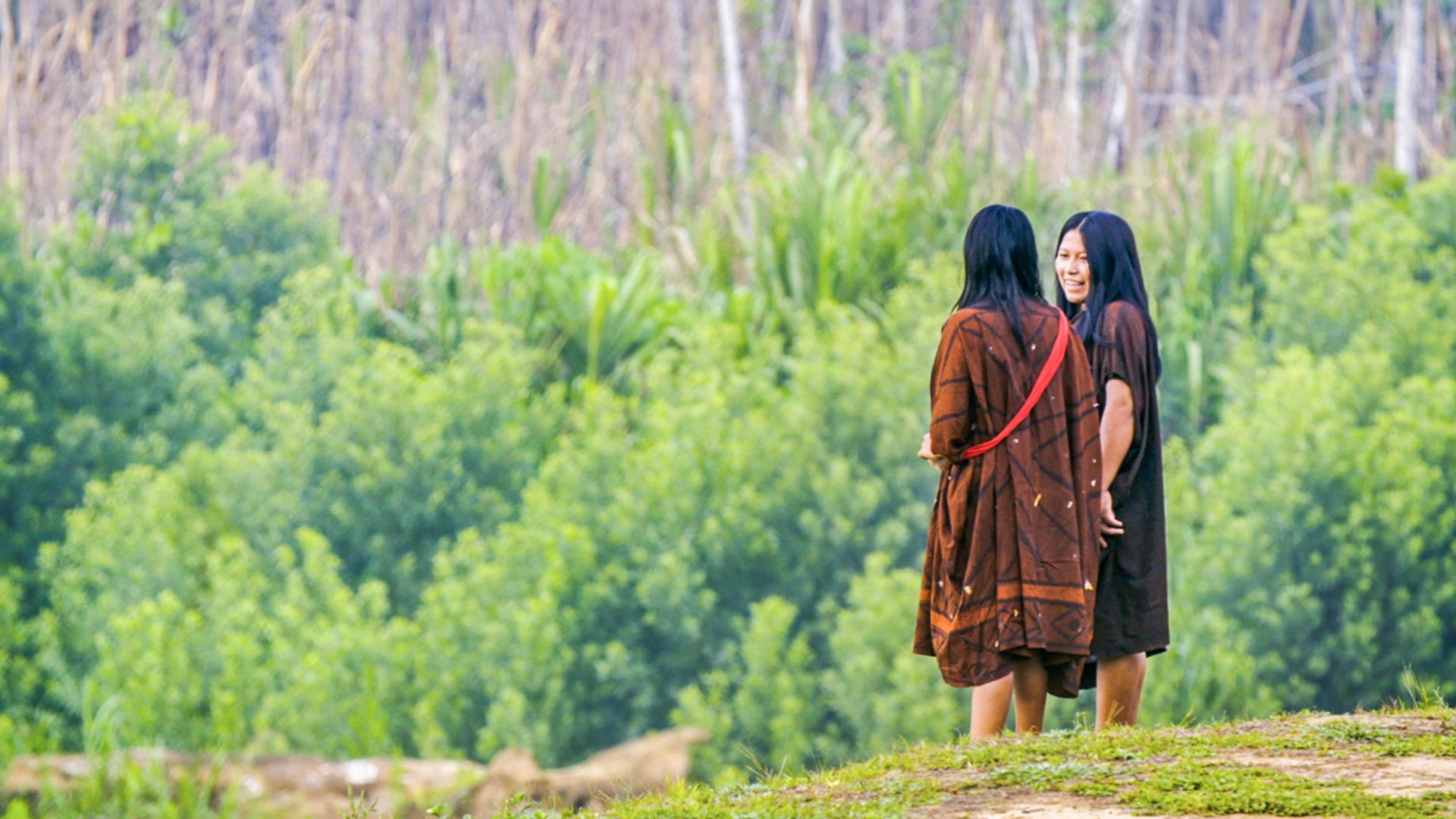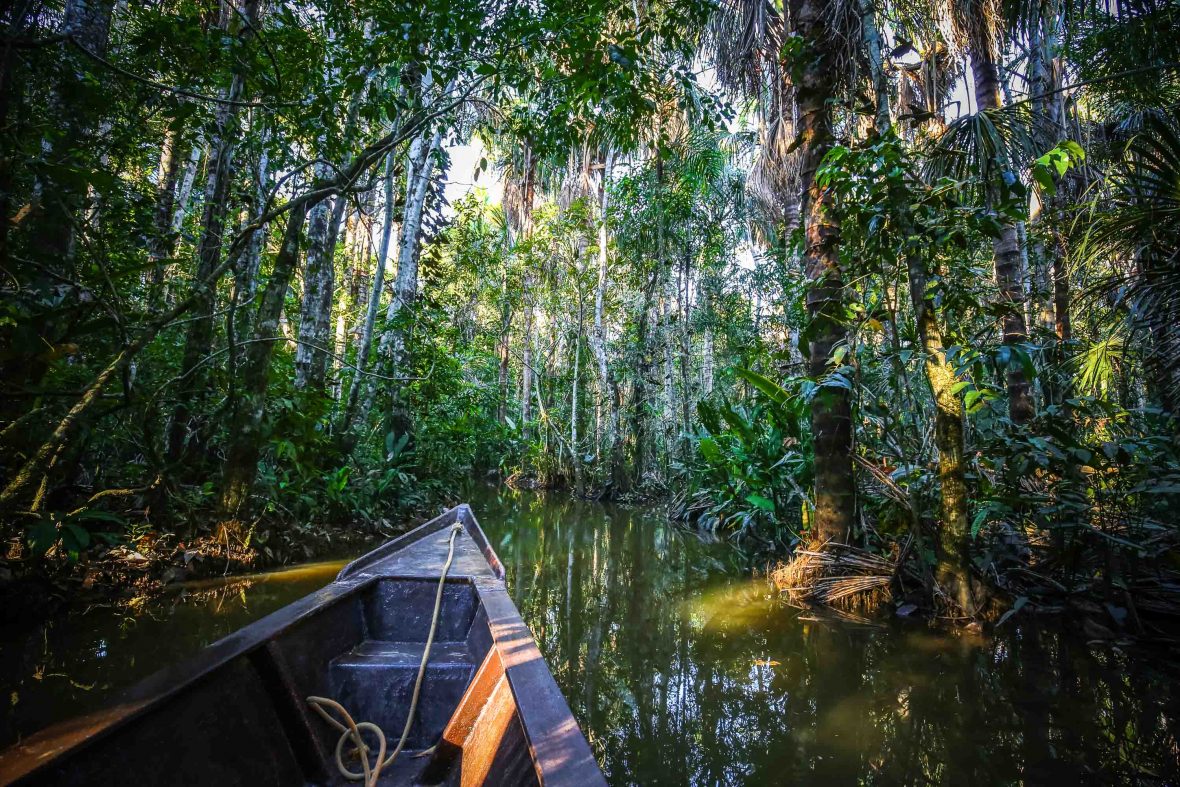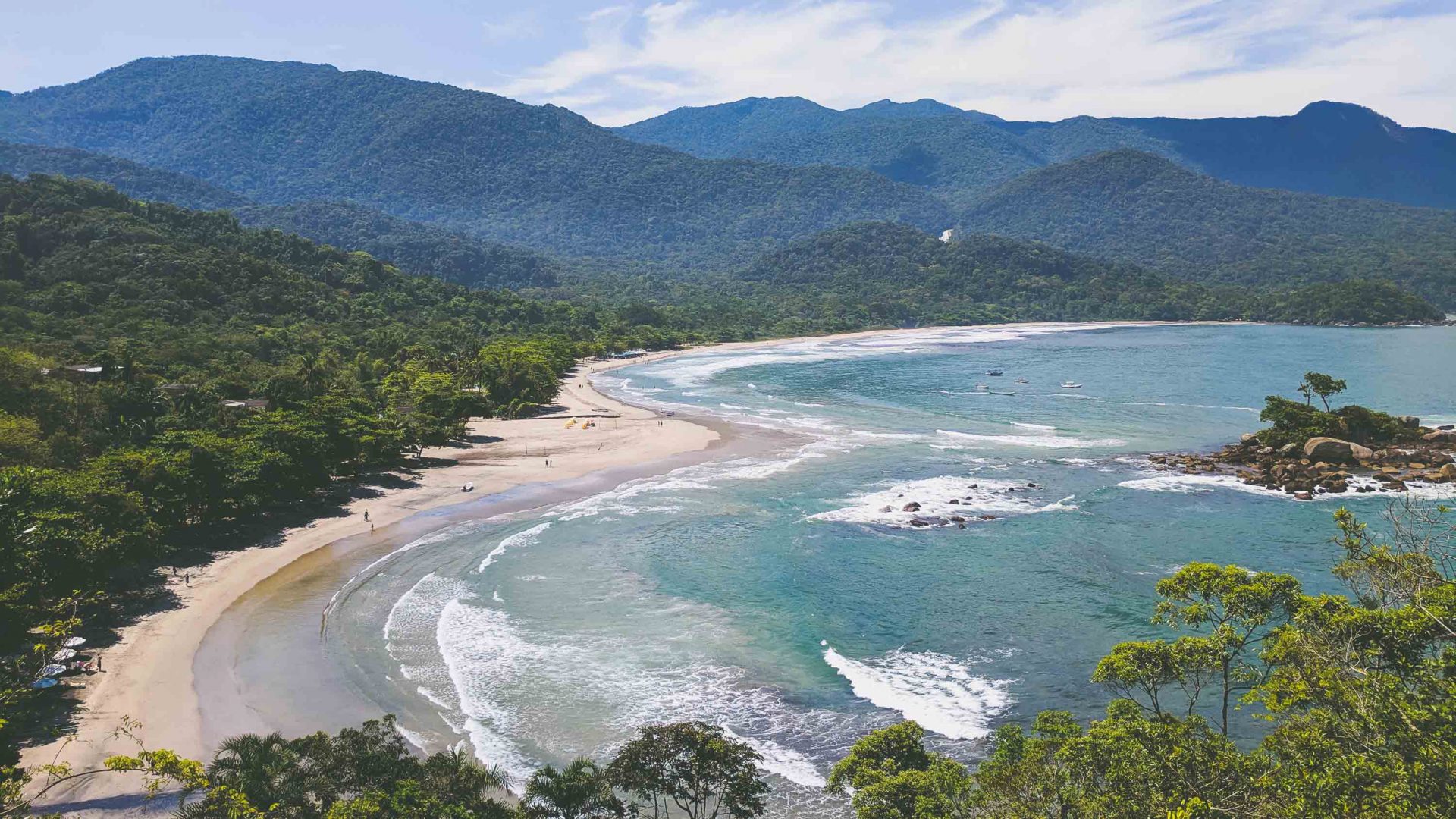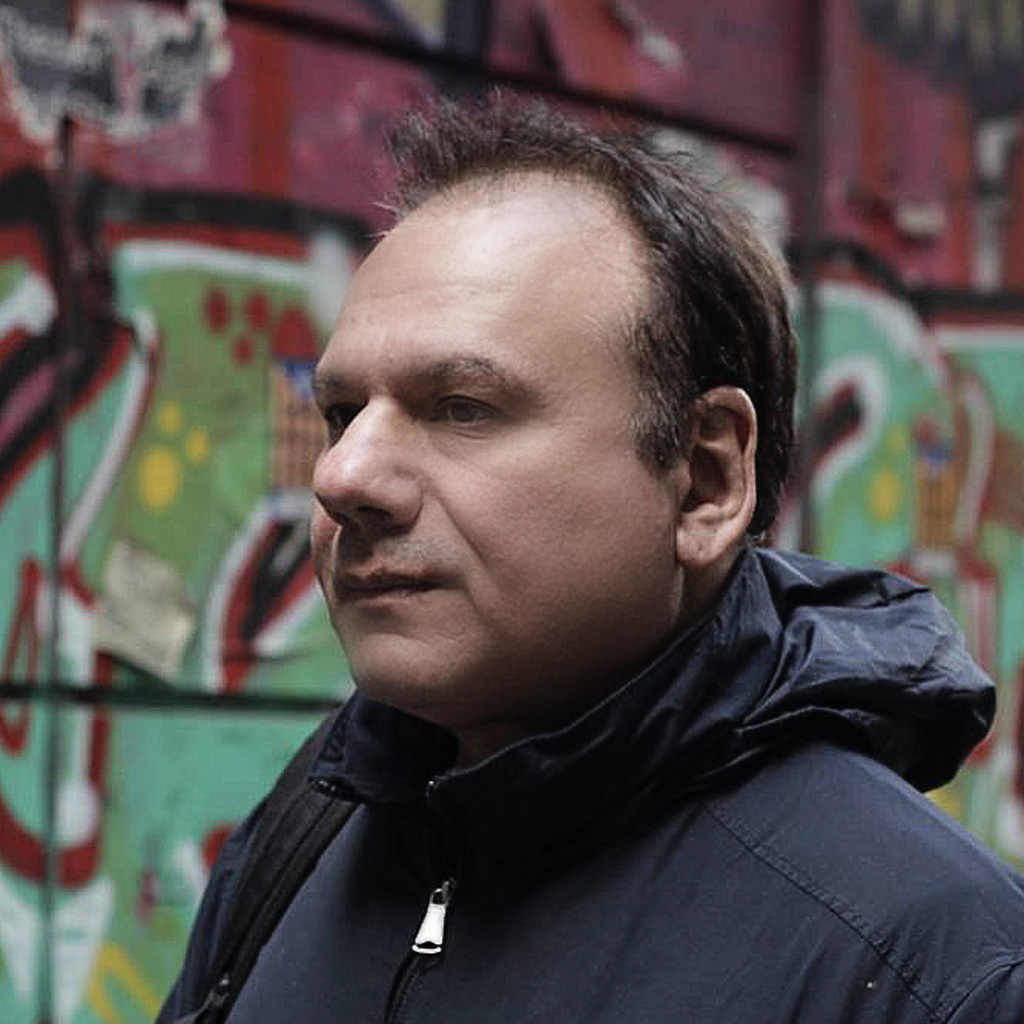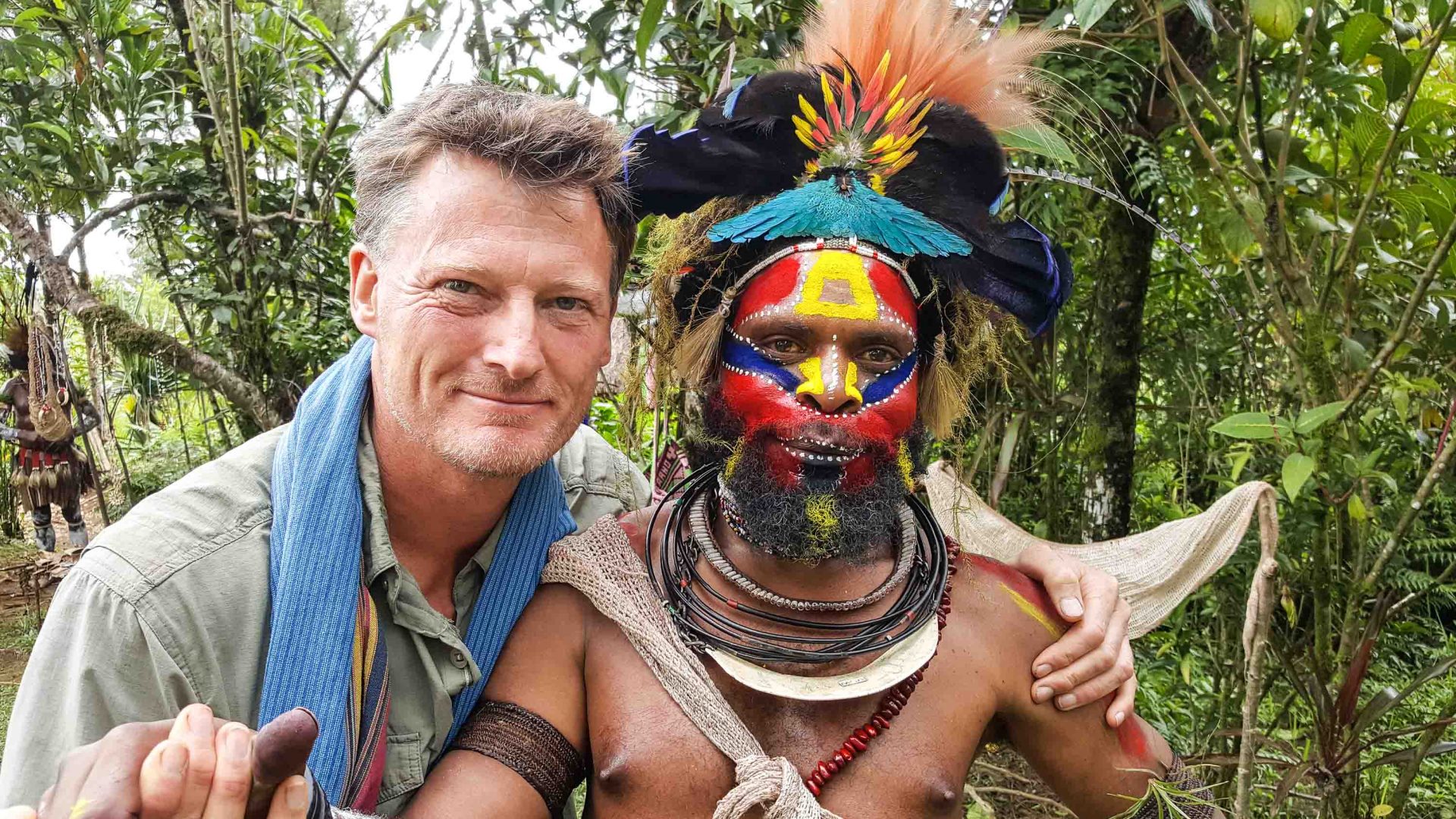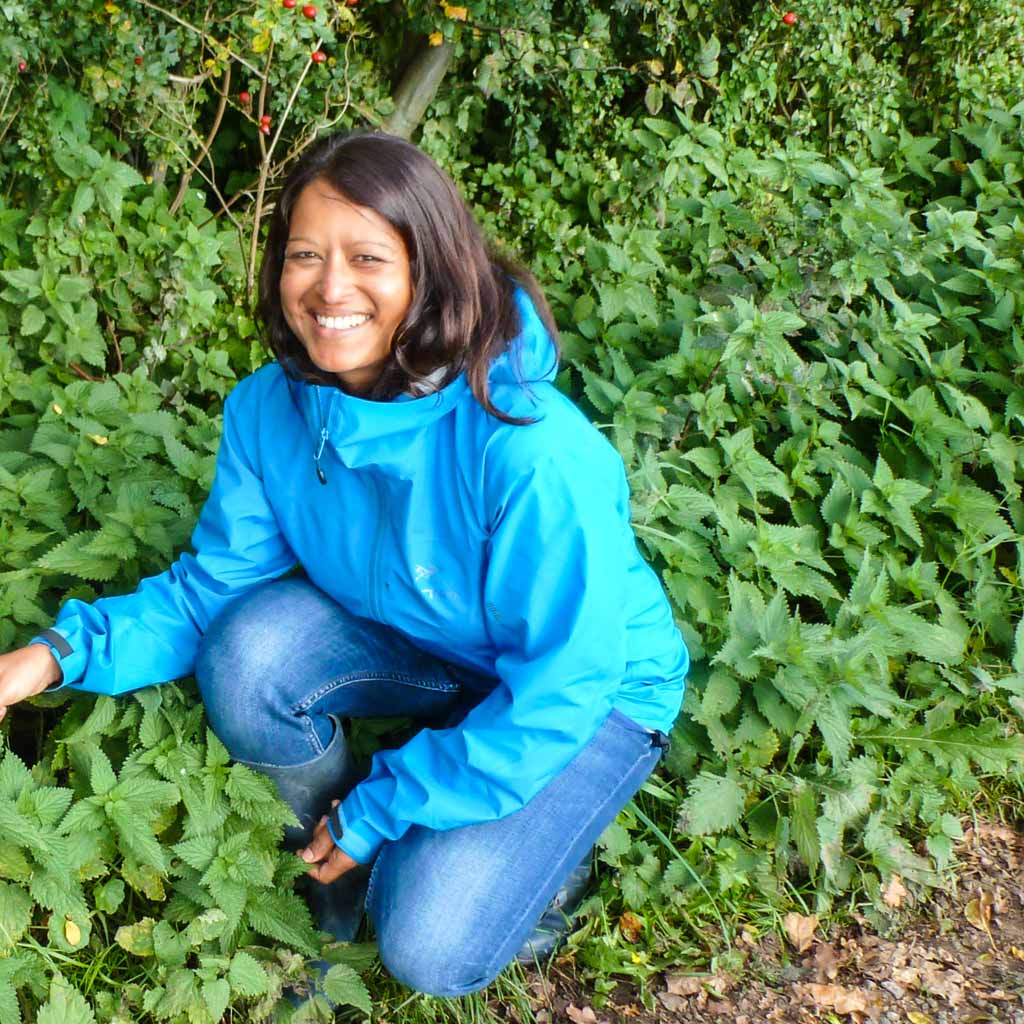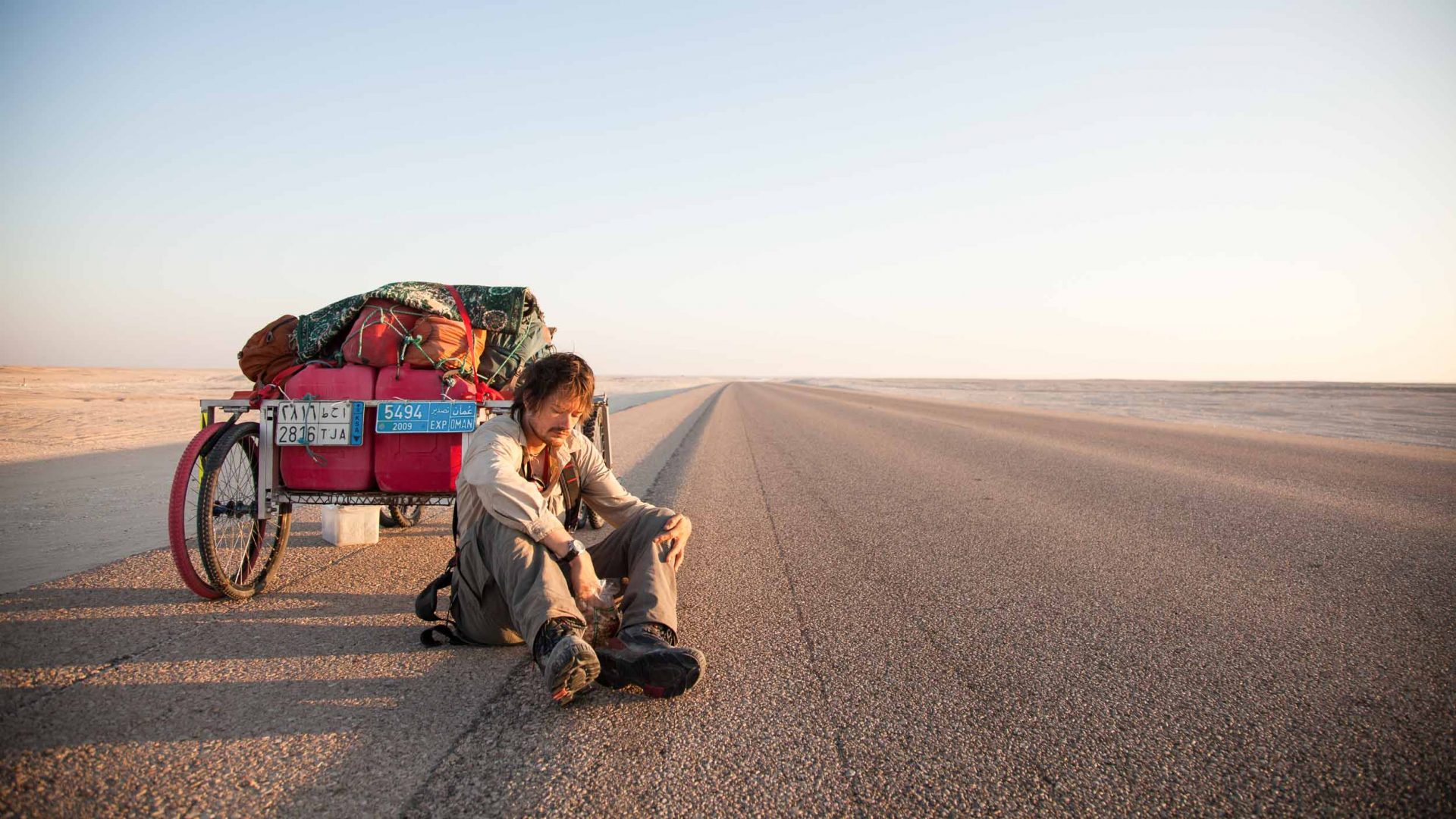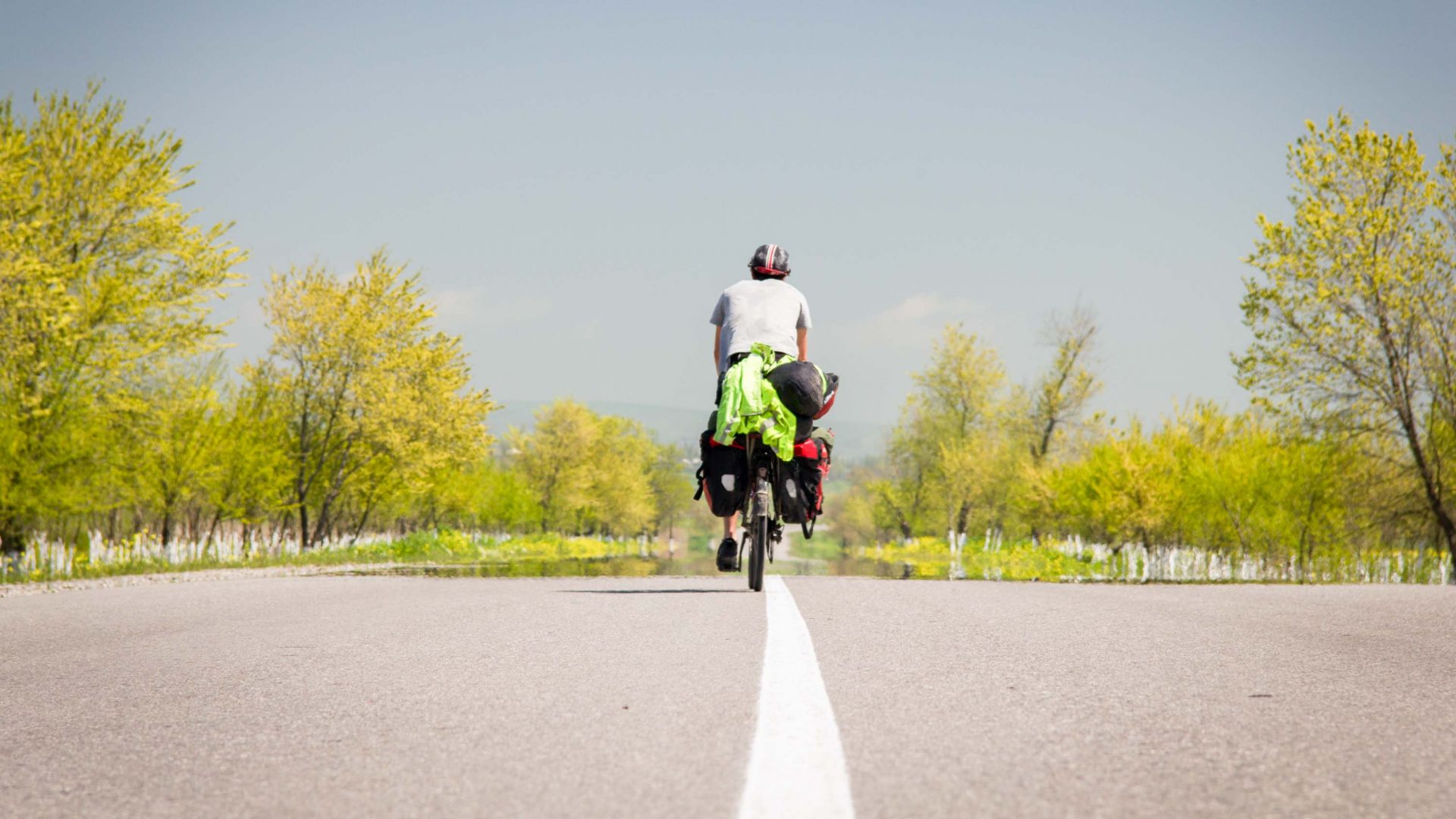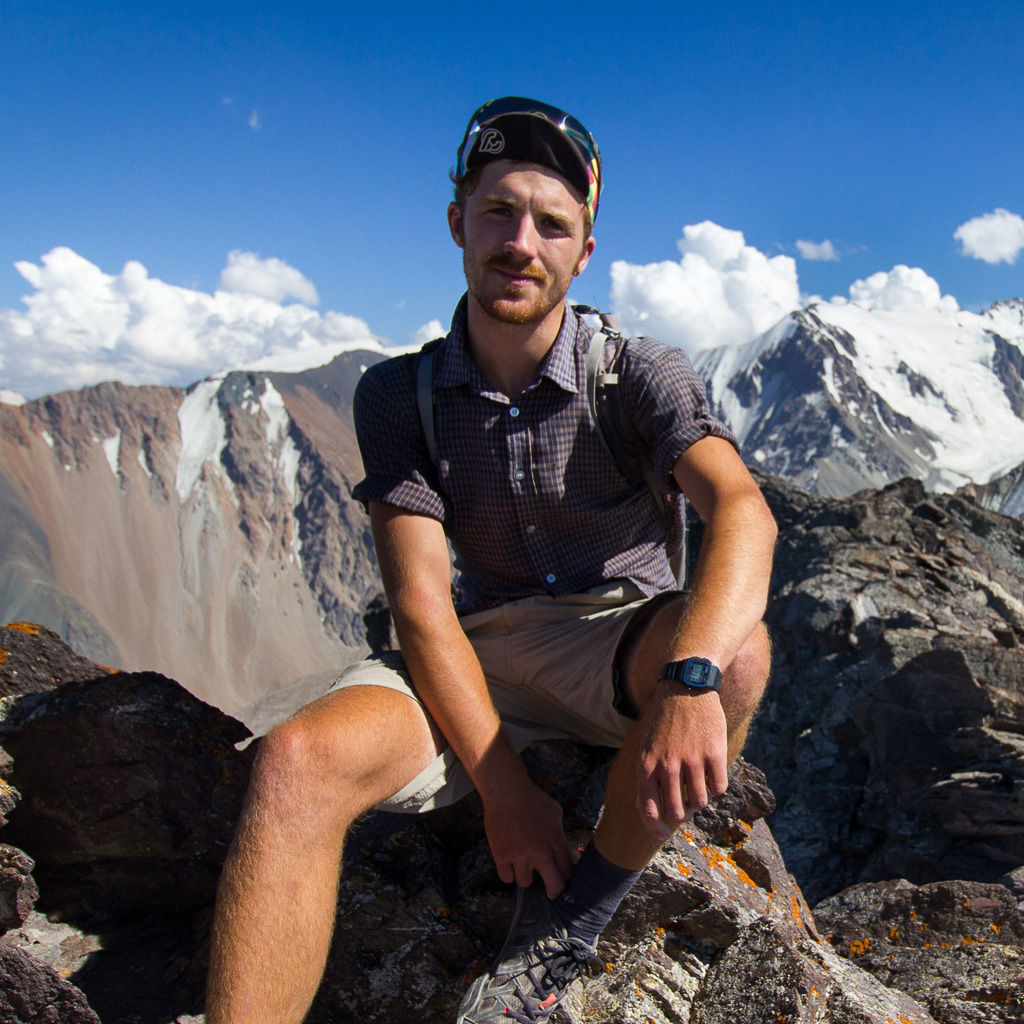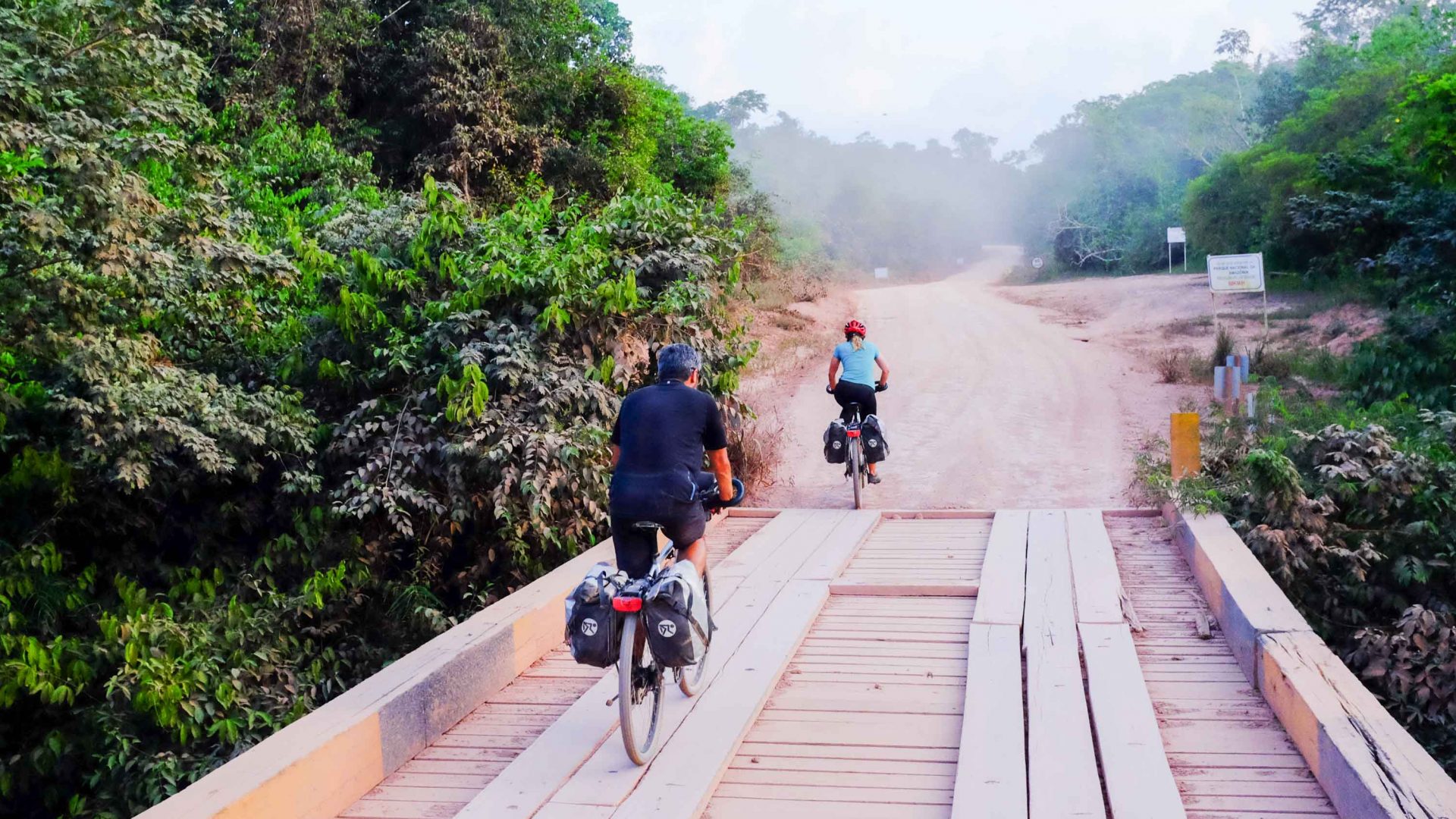
When filmmaker Reza Pakravan and journalist Pip Stewart cycled along Brazil’s Trans-Amazonian Highway into Peru, they discovered the road to development hadn’t been kind to all. Meera Dattani talks to them about their revealing adventure.
In 2016, filmmaker, writer and adventurer Reza Pakravan, whose documentaries have taken him to some of the world’s most remote spots, decided to cycle along the Trans-Amazonian Highway for his next project.
Built in 1970, the ‘Transamazonica’, as it’s called in Portuguese, was built by the authoritarian government then ruling Brazil. The route opened up the rainforest, paving the way for human settlement and deforestation in one of the world’s last great virgin forests, home to isolated indigenous communities and endangered wildlife.
The more he learned, the more he realized this was more than an epic cycle ride: He wanted to document the fragility of ‘the lungs of the planet’ and the lives of those who call it home.
“I needed help to raise awareness about my discoveries,” says Reza, “and I couldn’t find a better person to accompany me than Pip Stewart, a great adventurer and journalist.”
We catch up with Reza and Pip (who’s recently recovered from leishmaniasis, a flesh-eating parasite carried by sandflies, picked up on her last expedition kayaking in Guyana) about this monumental trip across Brazil and into the Peruvian Amazon.
